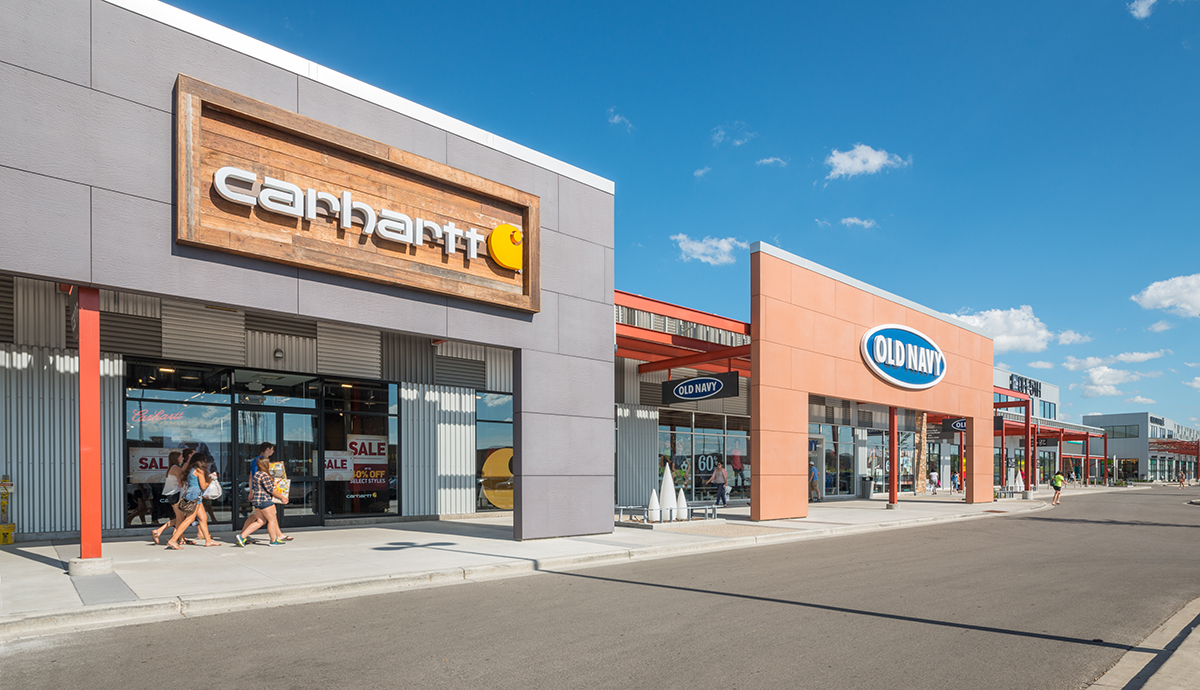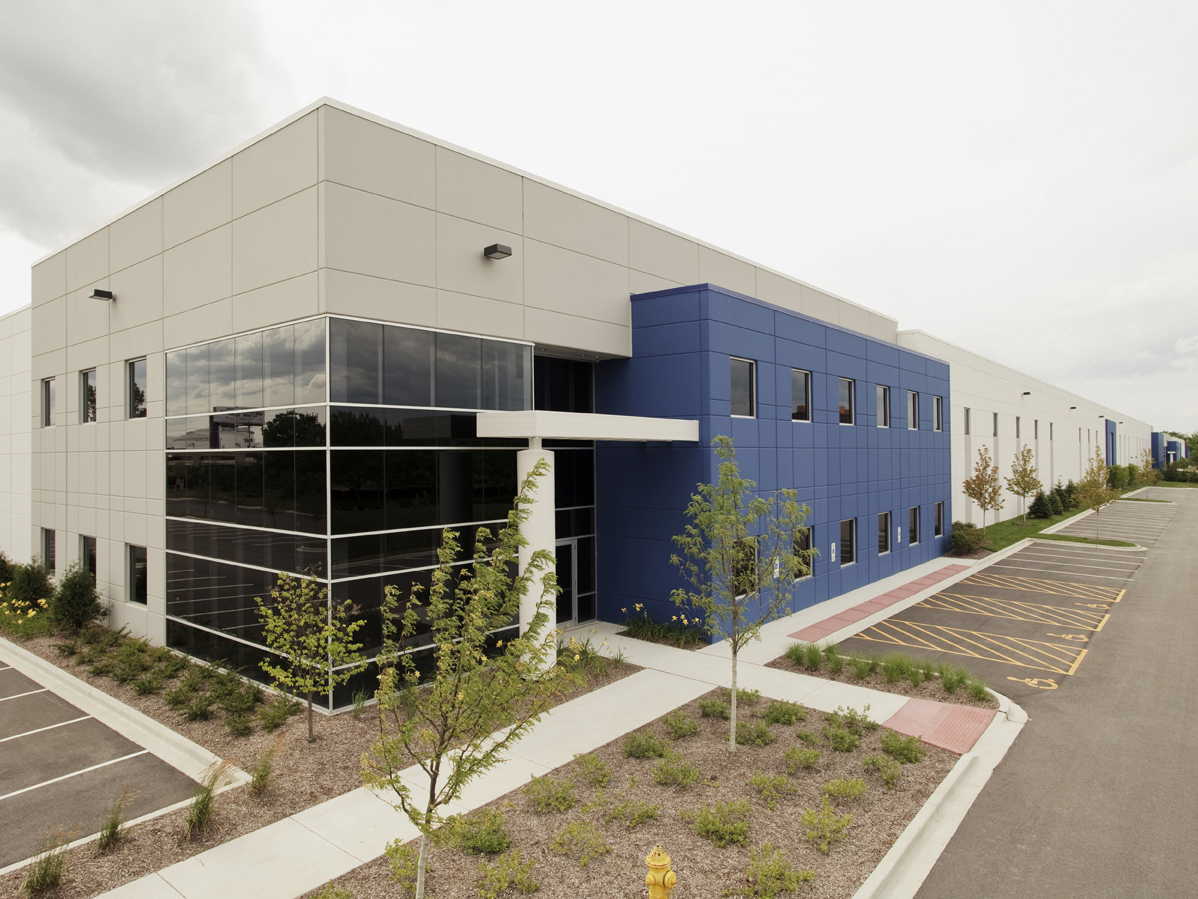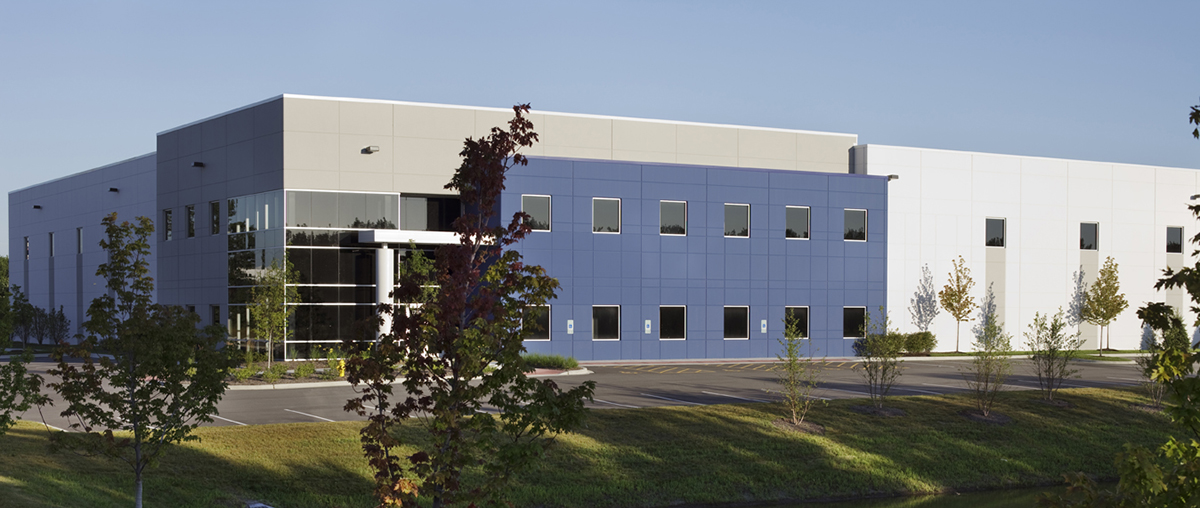Midwest Resurgence
As cap rates on the coasts fall, yield-chasing buyers and developers are eyeing the country’s center with renewed interest. What else is drawing them there?
By Jeffrey Steele

Chicago-based HSA Commercial developed The Mayfair Collection, a 400,000-square-foot fashion shopping center in Wauwatosa, Wisc., with the first phase opening in 2014.
Not long ago, some commercial property executives viewed the Midwest as something to look down upon when jetting coast to coast. But that was then. Numerous factors from high prices in coastal cities to the heartland’s talent retention rate have spurred new interest in the region and helped the Midwest transform from “flyover country” to high-flying contender.
“We are absolutely seeing that the Midwest is up,” said Peter Muoio, chief economist with Ten-X Commercial, a New York City-based online transaction platform for commercial real estate. As of late October, investment volume in the Midwest was 16.1 percent higher than the first 10 months of 2017, according to Ten-X data.
“That makes the Midwest the second-fastest region in terms of deal volume growth in 2018, trailing only the Southwest,” he said. “It’s interesting. We’re seeing it across all five major property segments. They’re all up: office, industrial, retail, apartment and hotel.”
Muoio doesn’t believe the Midwest has rebounded after a lag. “It has accelerated while interest in other regions has decelerated,” he said. “Investors … have bid up prices and driven down cap rates in those gateway markets … Cap rates in the U.S. are basically flat year on year. But cap rates in the Midwest continue to tighten, an indication of this shift in investment preference.”

Kaufman Development co-developed mixed-use 80 on the Commons, next to the Columbus Commons in Columbus, Ohio.
Commercial real estate investors interested in the Midwest are chasing both yield and NOI, said Rich Gatto, executive vice president of The Alter Group, a Wilmette, Ill., corporate real estate developer. Primary market pricing is now 1.5 times the previous cycle peak; secondary markets are at 1.1 times their previous peak, the Alter Group finds. The spread between cap rates for Class A multifamily, office or industrial assets in primary versus secondary MSAs is less than 50 basis points and will narrow to zero this year.
“There’s a new focus on cash flow and asset management in the immediate and mid-term future,” Gatto added. “Even in the value-add space, managers need to husband NOI while assessing the need for tenant improvements and other forms of capital expenditure … Build-to-suit buildings should do well for office developers.”
The Region’s Best
Other Midwest upsides, according to Gatto, are a swiftly growing manufacturing sector, downtown revivals in Milwaukee and other cities, and technology-led advancements, like Ford’s self-driving vehicle facility in Detroit.

The Alter Group’s distribution developments include a 150,000-square-foot big box facility at Algonquin and Elmhurst Roads in Mt. Prospect, Ill., near Chicago’s O’Hare International Airport.
The Midwest’s affordable residential real estate is also a plus for commercial building buyers because it helps lure and anchor employees, said Bryan Ellis, founder and CEO of Self-Directed Investor Society in Kennesaw, Ga.
And with relatively low real estate prices overall, there is the opportunity to expand into multiple commercial real estate sectors with relatively low risk.
“Factor in the Midwest’s growing reputation as a new cultivator of startups and the potential for opportunity zone investing and associated tax-advantaged strategies likely to manifest in the next 12 to 18 months, and the region is ripe for investment from individual and institutional investors, a potent combination,” Ellis said.
Another key benefit is talent attraction and retention, according to Daniel Glimcher, founder and principal of Westport, Ct.-based Glimcher Capital Group. Midwestern cities traditionally suffered brain drains, said Glimcher. His firm teamed with Columbus, Ohio-based Kaufman Development to develop the Titletown residences as part of Titletown, a live-work-play development of the Green Bay Packers in Green Bay, Wisc., near the Green Bay Packers’ Lambeau Field. KTGY designed the townhouses and NBBJ designed the multi-family homes.
“People didn’t want to live there. You couldn’t keep the talent there,” he said of the Midwest. But that has changed in places like Columbus. “(Corporations) are amenity focused in their development. What people seek is there … You can keep the talent in place.”
Cities of interest to Kaufman Development president Frank Sasso include Columbus, Pittsburgh, Indianapolis and Milwaukee. In these metros, he said, “You have very diverse economies. There is critical mass in talent pools that feed off one another.”
Other Midwest markets garnering disproportionate interest as a result of unsustainable coastal prices include Des Moines, Iowa, and metropolitan Kansas City. And don’t overlook interest in the Midwest’s largest market, Gatto said. The Chicago Metro area is the beneficiary of the national explosion in e-commerce.
“The numbers in Chicago are staggering in absorption of warehouse space,” he said, noting a $4 million–$5 million net absorption year would once have been considered stellar. “In 2016 and ’17, we were in the $20 million-a-year absorption range.”
Land values supporting distribution once were $3–$4 per square foot. His firm recently sold land near O’Hare International Airport for $22–$25 per square foot.
Pro-business development
Executives at HSA Commercial, a Chicago-based commercial real estate development and management firm, are opportunistically eyeing Indianapolis, St. Louis and both Milwaukee and Madison, Wisc., for investment.

The Alter Group’s distribution developments include a 150,000-square-foot big box facility at Algonquin and Elmhurst Roads in Mt. Prospect, Ill., near Chicago’s O’Hare International Airport.
“Part of what initially attracted us to Wisconsin is it’s such a pro-business, pro-development environment with relatively lower property taxes and a more constructive relationship with local government,” said Brenton Schrader, HSA Commercial vice president of retail leasing and marketing.
“We found it’s becoming increasingly difficult to develop in the primary and gateway markets around the country because of higher taxes and regulation.”
HSA Commercial developed The Mayfair Collection, a 400,000-square-foot mixed-use fashion shopping center in suburban Milwaukee. The property is anchored by Nordstrom Rack and Whole Foods and includes a residential component with ground-floor retail.
Milwaukee and other Midwest markets appeal to HSA Commercial because they’ve not experienced levels of development activity on par with primary markets. “Therefore, we were able to attract a number of retailers to our project who were opening their first location in the state of Wisconsin, as opposed to perhaps their sixth in metro Chicago,” Schrader said. “This allows the retailers to drive a larger trade area, driving higher sales. And it ultimately allows us to charge higher rents.”
Experts don’t see the Midwest resurgence ending soon. “It’s a story of people chasing yields,” he said. “We’ve benefitted from job growth and vibrant economies,” said Sasso.







You must be logged in to post a comment.